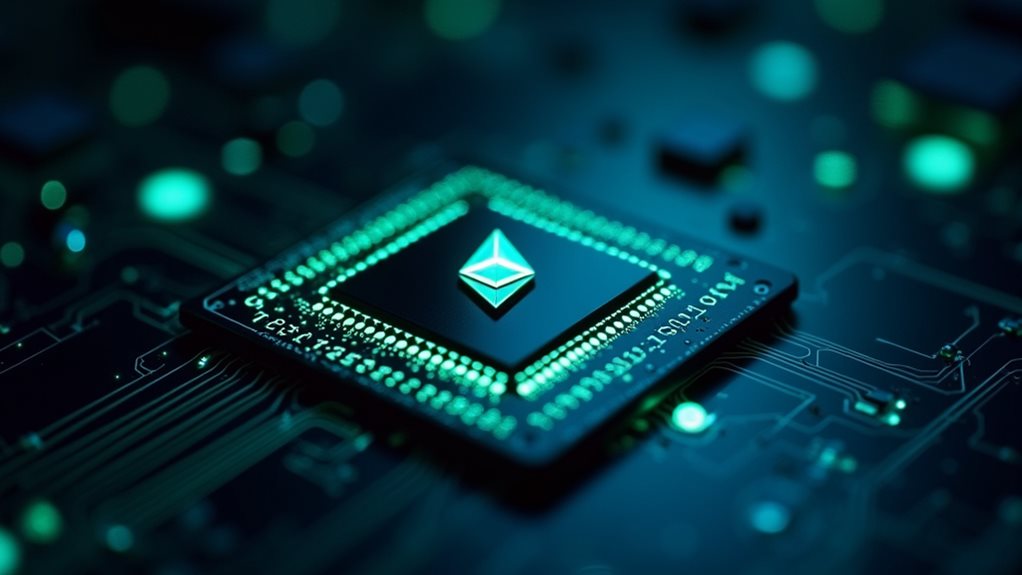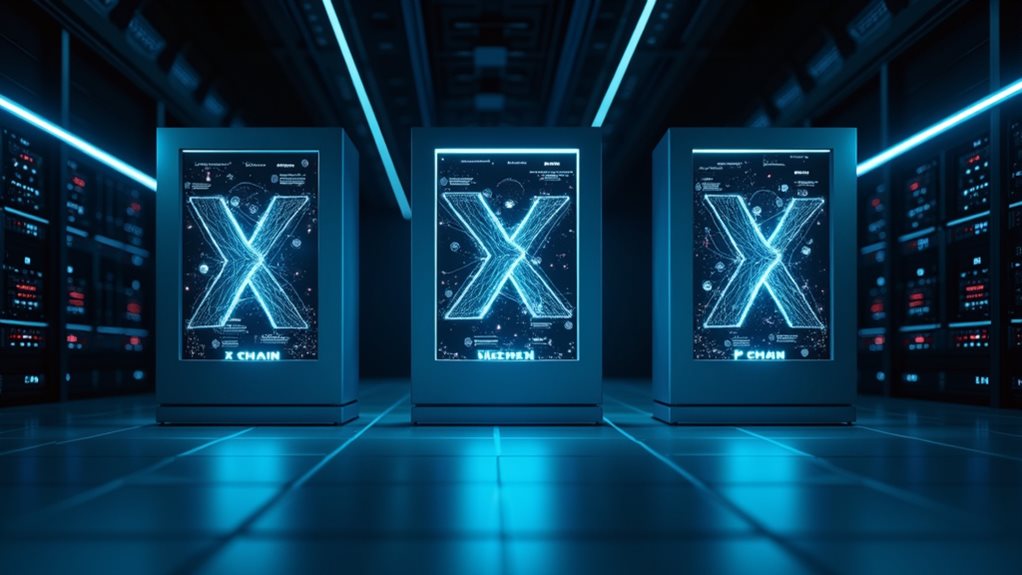Ethereum’s scaling woes might finally have a solution. Vitalik Buterin’s endorsement of RISC-V architecture signals a dramatic shift in blockchain technology’s future. This open-source hardware approach, combined with Layer-2 solutions and the change to Proof-of-Stake, could transform Ethereum’s measly 15 TPS into a whopping 100,000 TPS. With $20 billion already locked in Layer-2 solutions and Proto-Danksharding on the horizon, Ethereum’s teenage growing pains might just lead to something revolutionary.

While Ethereum has long dominated the smart contract landscape, its growing pains have become impossible to ignore. With measly transaction speeds of 7-15 TPS and sky-high gas fees that would make your wallet cry, the network has been screaming for solutions. The masses want in on the crypto action, but nobody’s thrilled about paying more in fees than their actual transaction amount. Layer 2 solutions have emerged as crucial tools to help manage the increasingly high transaction fees.
Enter the cavalry: Layer-2 solutions and some fancy upgrades that actually seem to be working. The shift to Proof-of-Stake was just the beginning. Now, with Proto-Danksharding (try saying that three times fast) rolling out in 2023, Ethereum’s finally getting serious about scaling. This upgrade isn’t just another fancy tech word – it’s slashing rollup costs by a factor of 10. That’s right, the days of mortgaging your house to send tokens might actually be coming to an end. The ongoing transition to Proof of Stake in Ethereum 2.0 promises significantly reduced energy consumption while accelerating transaction validation.
Ethereum’s upgrades aren’t just fancy buzzwords anymore – they’re actually making crypto transactions affordable for regular folks.
The numbers don’t lie. Layer-2 networks are already processing two to three times more transactions than Ethereum’s mainnet, with fees that would make Visa jealous – we’re talking pennies, not dollars. Over half of Ethereum’s dApps have already jumped ship to Layer-2s, and with $20 billion locked in these solutions, it’s clear the big money’s betting on this horse. With DeFi growth driving mainstream adoption, these Layer-2 solutions are becoming increasingly critical for the ecosystem’s expansion.
Developers aren’t sitting idle either. They’re optimizing smart contracts for gas efficiency and building cross-rollup standards that actually make sense. The tooling is getting better, security audits are getting smarter, and the whole ecosystem is slowly but surely growing up. It’s like watching a teenager finally learn to clean their room – surprising but satisfying.
The future’s looking unusually bright for Ethereum. With sharding on the horizon and ZK-EVMs making compatibility a non-issue, the network’s finally addressing its awkward scalability phase. The end goal? A whopping 100,000 TPS. Not bad for a network that used to choke on crypto kitties.






